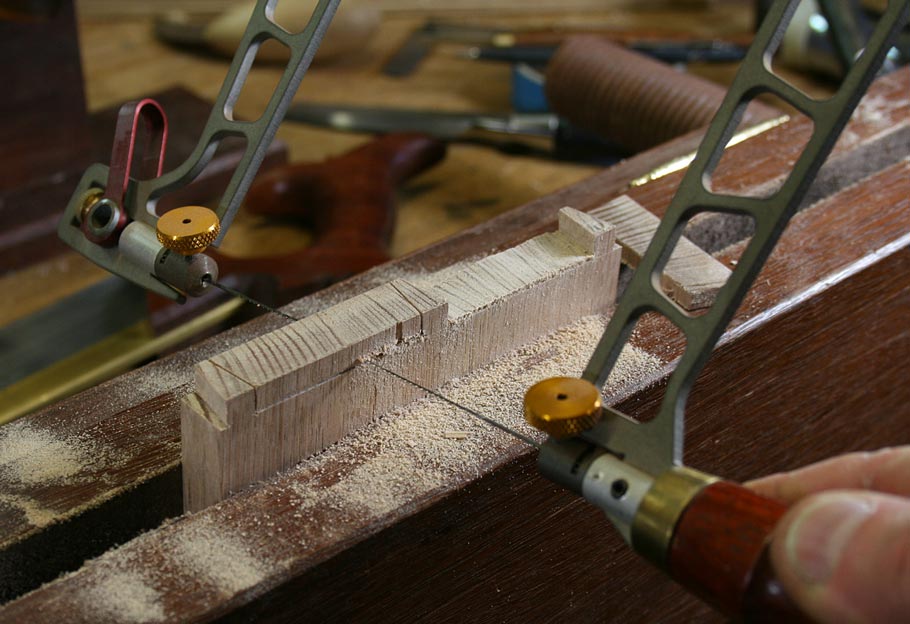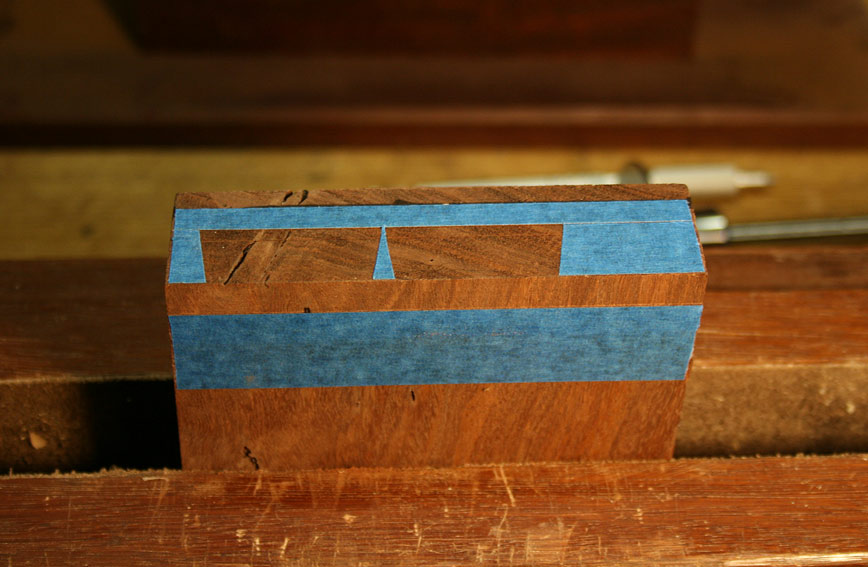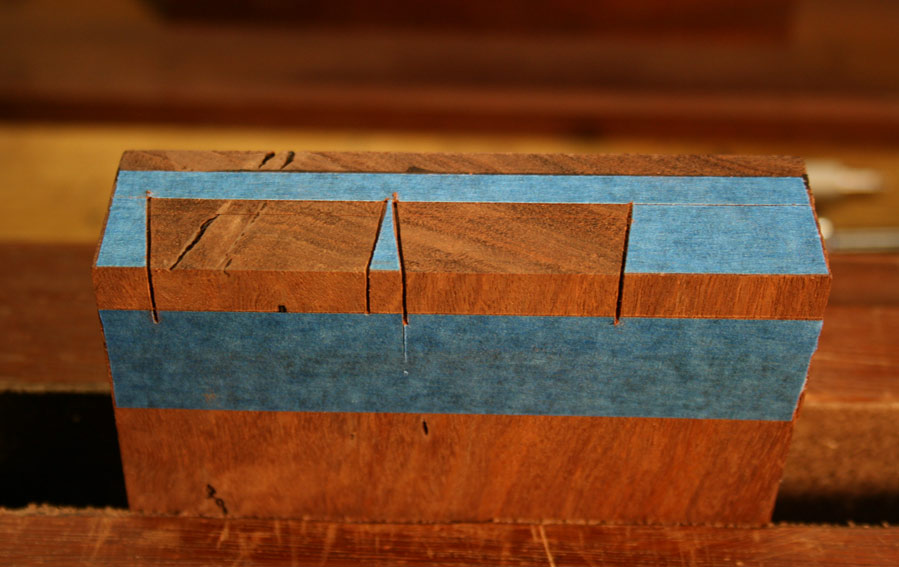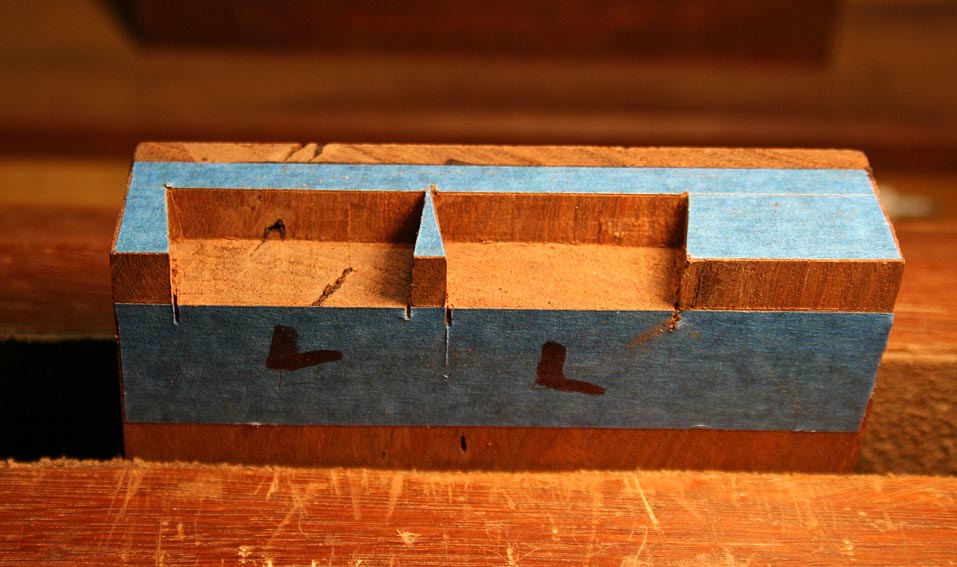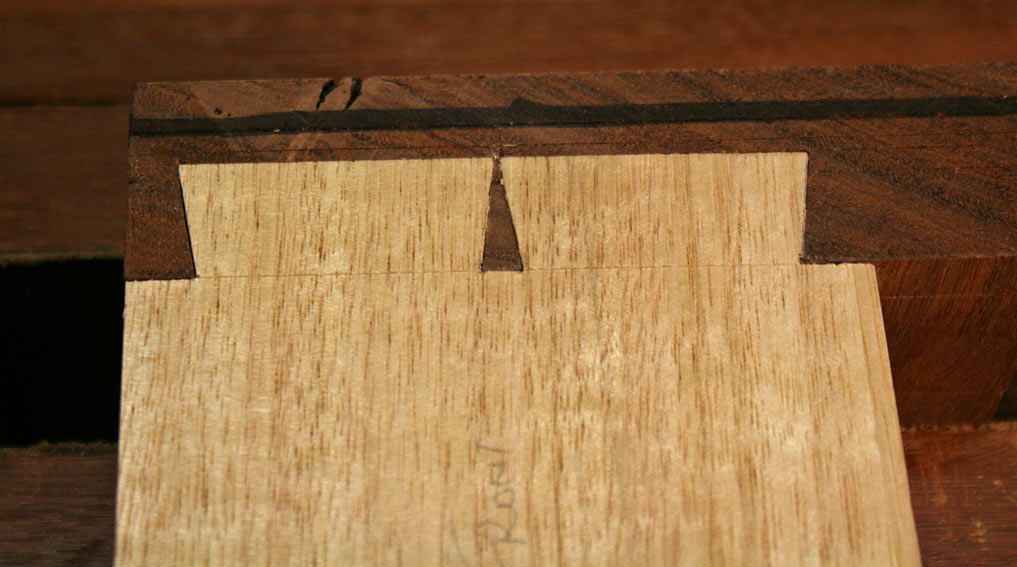I am pretty good at cutting dovetails and have built many projects using them, but anytime I try to cut them on stock 1/2" or thinner they come out looking horrible? I can't figure this out? Does anyone else have this problem? I use a 1:8 angle just like on thicker stock. Sorry I don't have any pictures to post, I did this last night, but cut them off and put them in the burn pile.
Thanks for any light you can shed on this.




 Reply With Quote
Reply With Quote











